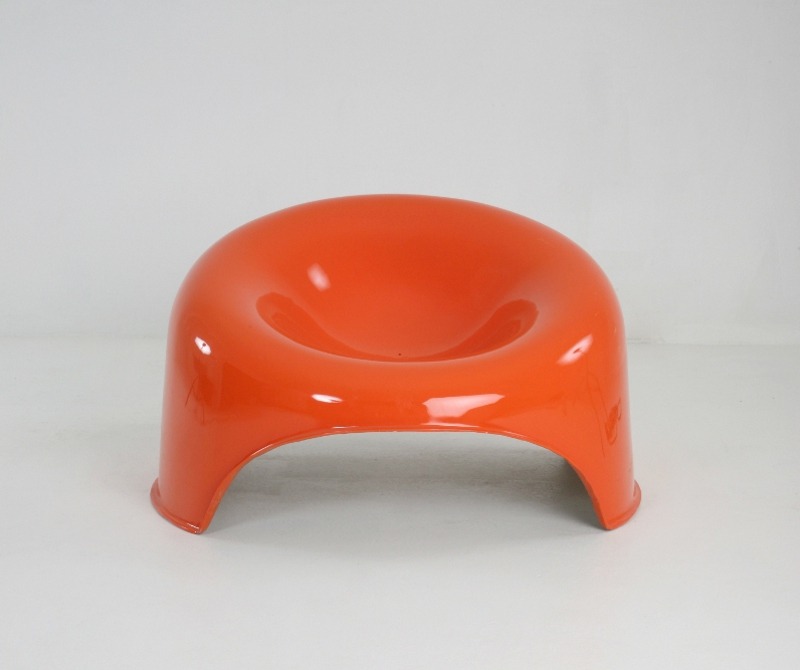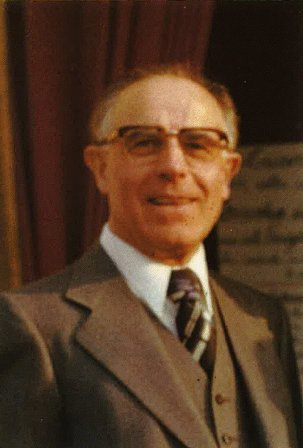Brands
-
World-renowned architect and designer Gaetana “Gae” Aulenti (1927-2012) graduated with a degree in architecture in Milano in 1954. A ten-year collaboration with the historic magazine Casabella-Continuità (1955-1965) turned out to be of key importance in her development.
Her early constructions (home with stables in San Siro, home in Brianza) and furniture designs (Sgarsul rocking chair, reinterpretation of the 1862 Thonet armchair) reveal a neo-art nouveau style and a critical re-reading of modern architecture, in vogue in the debate in Casabella in the ‘50s and ‘60s.
After important participations in the Triennale di Milano in 1960 and 1963, she undertook profitable partnerships with Olivetti, Fiat, Max Mara and Knoll, designing showrooms, offices and exhibitions in Italy and abroad.
In addition to her industrial design projects (for Artemide, Poltronova, and Fontana Arte, among others), Aulenti’s long career includes interior architecture and a series of major renovation projects, including the Gare d’Orsay in Paris, transformed into a museum (1986); Palazzo Grassi in Venice (1986); the National Museum of Catalan Art in Barcelona (1995); the Scuderie Papali in Rome (2000); and the Asian Art Museum in San Francisco (2003).
She also designed sets for RAI, Teatro la Scala in Milan, and Odéon-Comédie Française in Paris and worked with Luca Ronconi at the theatre design workshop in Prato (1976-1979).
Aulenti has taught at IUAV in Venice and at Politecnico di Milano. The many awards she has won include a Legion of Honour in France (1987) and the Praemium Imperiale in Japan (1991).
Official website www.gaeaulenti.it
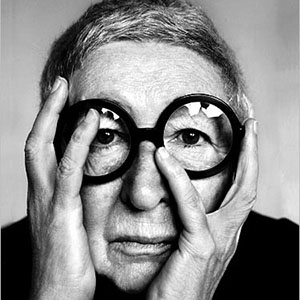
-
Dutch designer Cees Braakman was born in Utrecht in 1917. At the age of 17, he began working at Pastoe, a Utrecht-based furniture manufacturer, where he learned the trade. His father, D.L. Braakman (1885-1966), was then the company’s head draftsman and manager. In 1948, following the Second World War (during which time the factory was dismantled), Braakman followed in his father’s footsteps, taking on the role of Pastoe’s manager and designer, where he would remain until 1978.
In 1947, Braakman was sent to the United States to observe other manufacturers’ designs and practices. He was particularly inspired by the Herman Miller Company and by Charles and Ray Eames. Upon his return to the Netherlands, he began experimenting with bent plywood and created Pastoe’s first modern furniture line. He went on to develop several lines of popular furniture, marked by clean, elegant lines and a sense of proportion tailored to smaller living spaces. During the 1950s and ’60s, Braakman placed particular emphasis on modular storage solutions. In 1955, Pastoe launched Braakman’s Made-to-Measure cabinets, which allowed customers to choose from a variety of woods and configurations and self-assemble them. In 1957, the teak version of the Made-to-Measure furniture system earned a silver medal at the 1957 Triennale in Milan. In 1958, Braakman introduced the more formal, similarly clean-lined U+N cabinet series (this collection, in contrast, was not meant to be assembled by the end user). Notably, Braakman’s Mobilo (Model PE03) cart (1953) is included in Amsterdam’s Stedelijk Museum. He passed away in Utrecht in 1995.


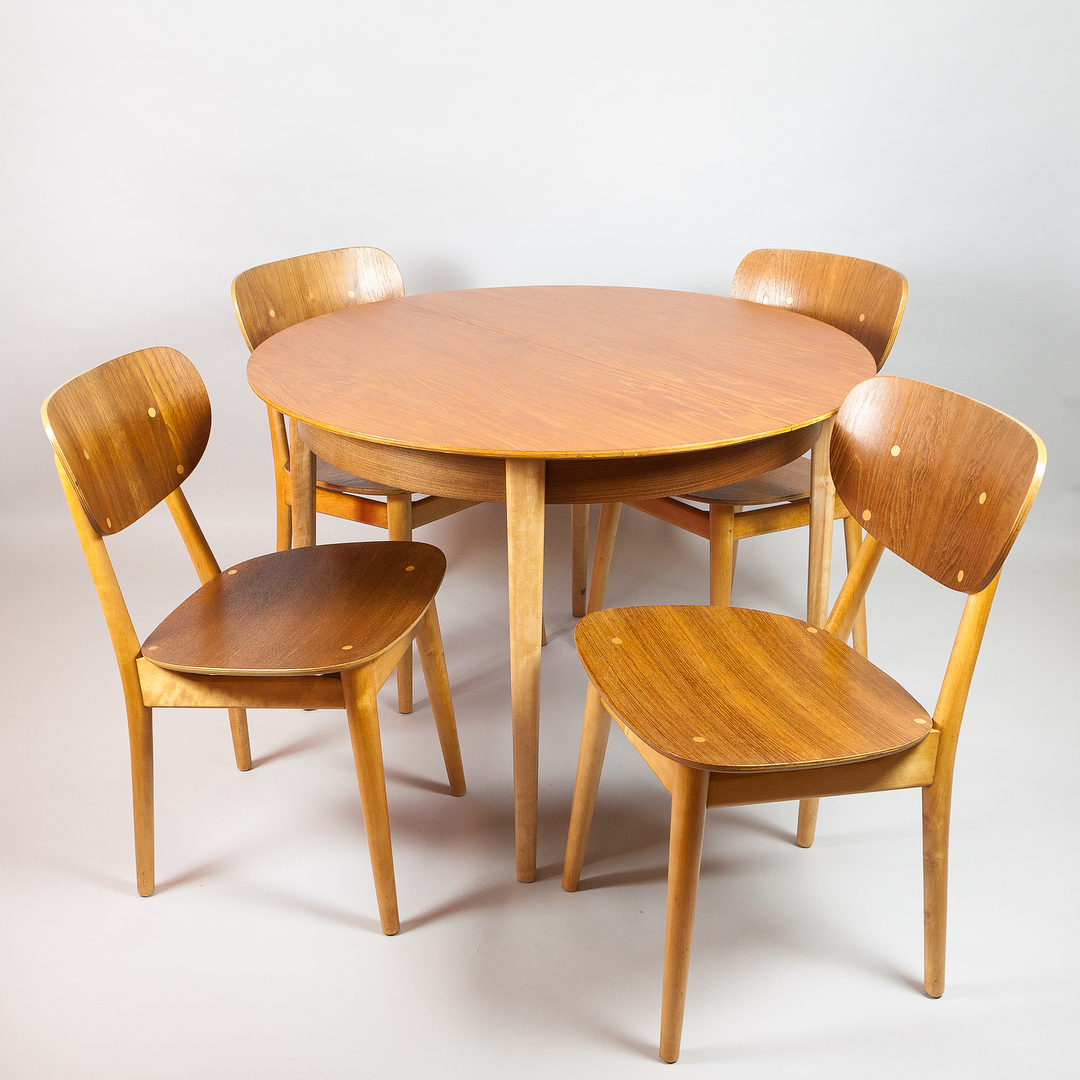
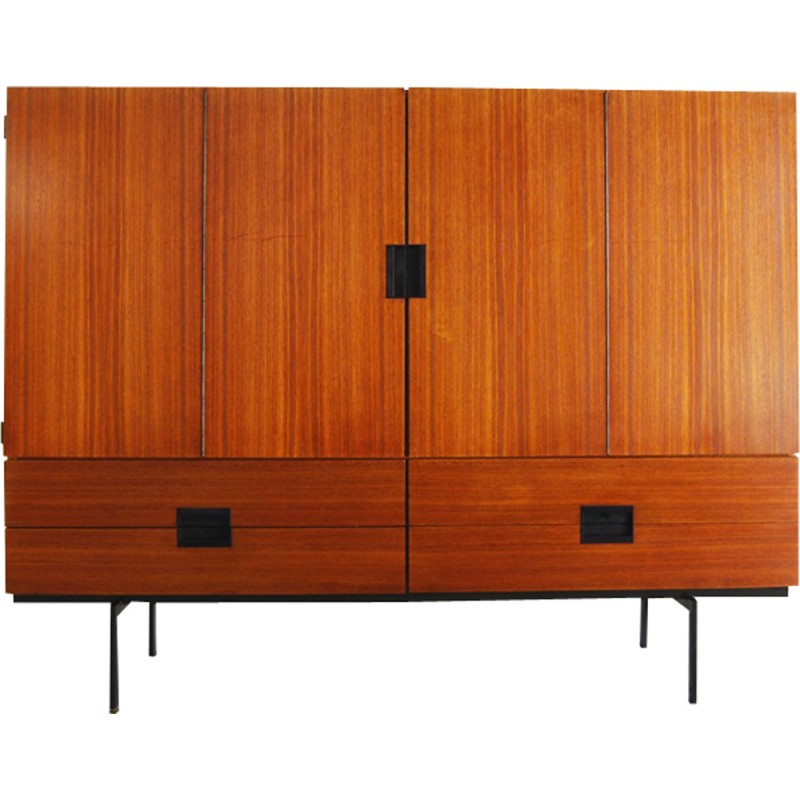
-
Born in Copenhagen in 1923, Nanna Ditzel is one of Denmark's most accomplished designers and was the first woman to design for Georg Jensen. She was born in Copenhagen and attended the Danish School of Arts, Crafts and Design and the Royal Academy of Fine Arts, graduating in 1946. While still a student she began showing her work at the Cabinetmaker's Guild annual exhibits. She also met her first husband, Jorgen Ditzel at school and they began working and exhibiting together in 1944. She was trained in cabinet making; he in upholstery and they shared a design aesthetic based on creating comfortable, livable and simple environments.
The Ditzels spent the first part of their career together, as did many post war designers in Denmark, trying to produce furniture that would expand, separate or serve a dual purpose in order to appropriately furnish a small apartment. In their earliest years, their focus was originally on children's furniture, though soon moved on to design items for the rest of the home. Two of their innovative designs were a tea table with a top that lifted off to become a tray and a 1951 bed that tapered towards the foot to take up less space. In 1949, Ditzel designed the functional, but more decorative, curved "Two Seat Sofa" and a 1951 chaise lounge for Knud Willadsen. The Ditzel's cozy 1959 "Basket" chair, meant to be suspended from the ceiling, is the most famous example of their experiments working with wicker. They also designed a set of enamel kitchen utensils for the Ravnholm factory in the 1950's, and Nanna designed a series of jewelry that won a prize from the Goldsmith's Association in 1950.
In 1954, they began to create designs for Georg Jensen. Jorgen died in 1961 but Ditzel kept their studio going and continued to work in a variety of media, designing among others, wooden furniture and silver jewelry. In 1962, Ditzel came out with the successful "Toadstool," which was a multi-purpose, stacking stool or table for children.
Nanna Ditzel created many designs for Georg Jensen, mostly jewelry although she also created some hollowware. The relationship between the couple and the Silversmithy began when Nanna decided to start designing jewelry as something she could do at home while her children slept. Soon after, a jewelry competition sponsored by A. Michelsen arose, and her designs had won first prize. Later on, in 1954, Finn Juhl, who was developing the 50th anniversary exhibition, passed the design work off for the exhibition to the Ditzels. Five pieces of jewelry were created for this exhibit,which were very well received. Further jewelry designs were created, and many of these pieces would go on to win various awards and prizes. In 1968, Nanna Ditzel remarried to Kurt Heide and relocated to London where they continued to work in the realm of design, establishing their own company Nanna Ditzel Productions Ltd. In 1986, her second husband passed away, and she moved back to Denmark, continuing her work. In recent years, Ditzel has focused mainly on furniture design, such as the Trinidad chair in 1993, however this design has also led to the further refinement for her jewelry pieces such as the bracelet #389 in 1994.
Ditzel has won many major awards during her long career and has had her work exhibited all over the world. She received the silver and gold medals at the Milan Tirennale (1954 and 1960), the Lunning Prize (with Jorgen Ditzel in 1954) and a gold medal at the International Furniture Design Competition in 1990, and the Thorvald Bindesboll Medal in 1999. She has also taken on the title of Knight of the Order of the Dannebrog, Honorable Royal Designer ( 1996).
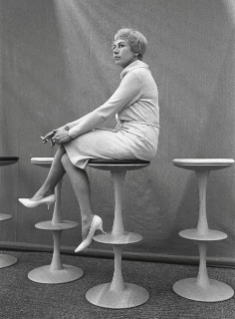


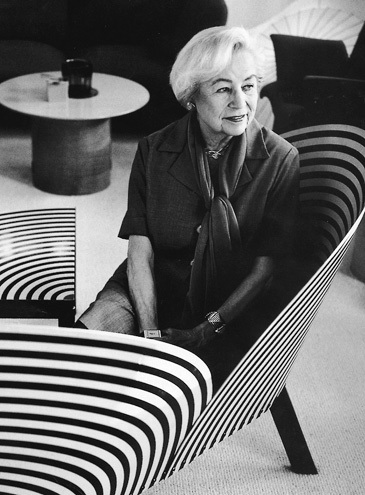
-
Charles Zublena est né le 4 avril 1910 à Viverone en Italie. Il se forme durant quatre années d'apprentissage aux métiers d'ébéniste et de sculpteur. Il obtient en 1927/28/29, dans une école de dessin, plusieurs prix et un diplôme d'honneur. Arrivé en France en 1930, il s'inscrit aux cours du soir de l'école Boulle et des arts appliqués.
A l'issue de la guerre, il créé son atelier d'ébénisterie, et commence à participer a de nonbreuses expositions d'art en France et à l'étranger, et en particulier à plusieurs Salons des Artistes Décorateurs. Il sera élu en 1972 au comité directeur de la SAD.
Par sa formation originelle d'ébéniste, il témoigne d'une connaissance approfondie du bois dont il tire des réalisations remarquables d'inventivité et de technique.
Très tôt, il explore les possibilités du métal avant de s'affronter aux matières plastiques devenant ainsi un des premiers "DESIGNER" francais.
Au milieu des années 60, il réalise ses premières oeuvres en plastique à partir de son " RELAX" constitué de pièces en bois massif assemblées.
Le «EUROLAX R1» dessiné spécialement pour le «Club Med» en 1965 équipera toutes les plages du Club, la fabrication de cette chaise s’arrêtera en 1980.
Cette réalisation exceptionnelle attirera l'attention du ministre de la culture André Malraux au 43ème salon SAD.
Dans ses dernières années, il veut renouer avec son métier d'origine et obtient par deux fois le titre de meilleur ouvrier de France. Il est fait chevalier de l'ordre national du mérite en 1979.«EUROLAX R1» dessiné par Charles Zublena spécialement pour le «Club Med» en 1965 équipera toutes les plages du Club, la fabrication de cette chaise s’arrêtera en 1980.
Dans les années 60, la croissance économique et la hausse du pouvoir d’achat favorisent l’enrichissement de la «classe moyenne» qui va contribuer au développement du tourisme de masse et de la civilisation des loisirs. Les vacances de cette «classe moyenne» seront immortalisées par Jacques Tati dans «Les Vacances de M. Hulot».

